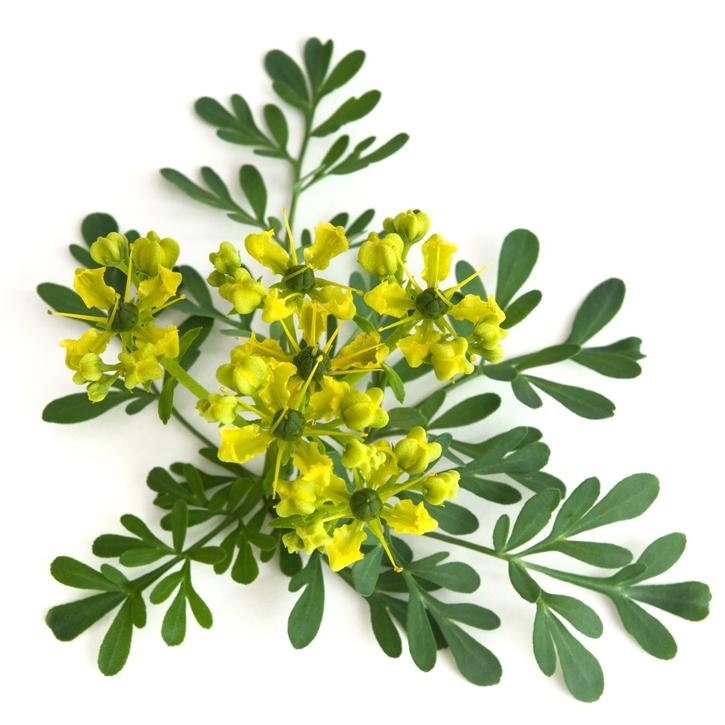The whole plant gives off a characteristic fetid smell produced by the essence which is contained in all its parts. As in the leaves as in sepals and petals, looked against the light, it is possible to observe essence as light, translucent points. The taste is spicy and bitter due to the oil of the leaves. The flavor of the leaves is slightly bitter, hot and sour but it is masked by the intense aroma which gives off.
It comes from the eastern Mediterranean and Asia Minor and we can find it in the Mediterranean regions, North Africa, Southeast of Europe, and in mild and hot zones. In Spain it is mainly found in the Mediterranean area. It grows spontaneously in sunny plains near the coast, on the edges of the roads, in waste and grazing lands, and more often it can also be grown in gardens. It blooms from May to September, more intensely in June-August. It is a heliophilous plant, which grows in broad daylight, although it also tolerates the partial shade. It prefers dry, rocky and sheltered areas. It is resistant to frost, tolerating up to -15 ° C.
Internal use
- Fitoterapia aplicada. J. B. Peris, G. Stübing y B. Vanaclocha. Colegio Oficial de farmacéuticos de Valencia 1995.
- Plantas medicinales. J. Fernández-Pola Cuesta. Ediciones Omega, S.A. Barcelona 1994.
- Plantas medicinales. Margarita Fernández y Ana Nieto. Ediciones EUNSA Pamplona. 1982.
- Fitoterapia. Vademecum de prescripción. B. Vanaclocha , S. Cañigueral. Editorial Masson. 4ª edición.
- Plantes Médicinales des Régions Tempérées. L. Bézanger-Beauquesne, M Pinkas, M tork, F Trotin. Maloine SA.
- The Complete German Commission E Monographs. Therapeutic Guide To Herbal Medicines. Blumenthal. American Botanical Council. 1998.
